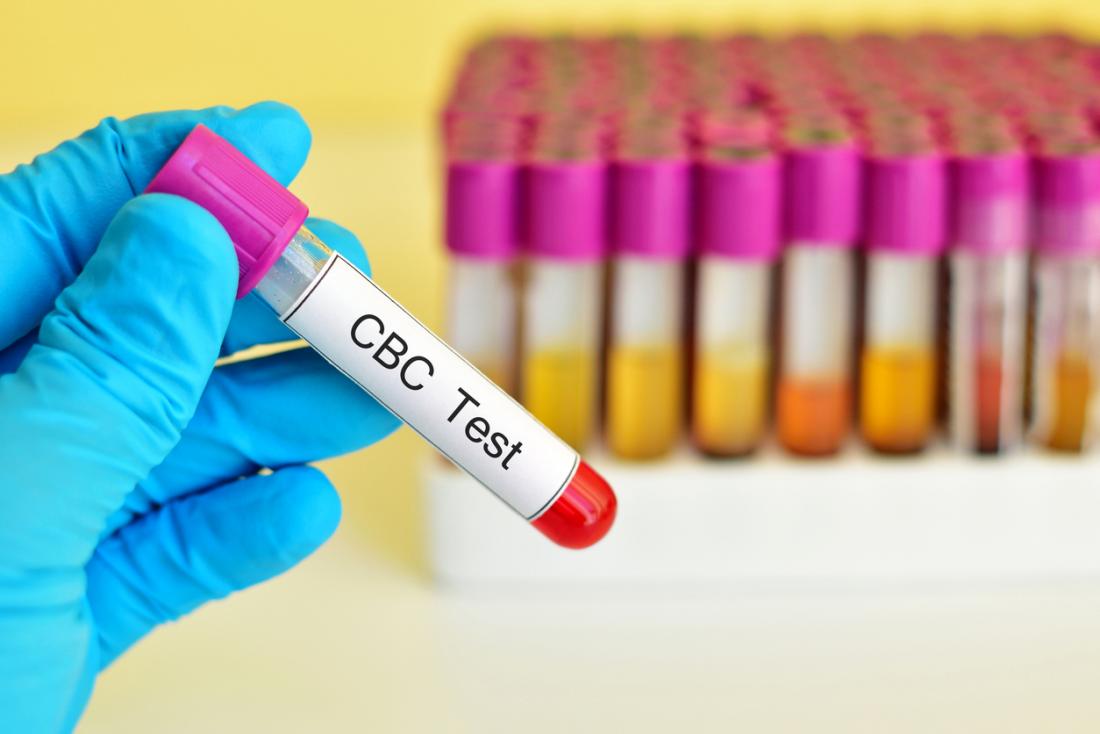The complete blood count or CBC is a medical laboratory test that provides information about the cells in the blood. A complete blood count is also known as a full blood count. This test is used to evaluate the overall health, diagnose and screen for a wide range of diseases, conditions, disorders, or infections.
What is the complete blood count (CBC) test?
Complete blood count test is one of the most commonly ordered blood tests. This test helps the healthcare providers detect a range of conditions, disorders and it also checks the blood for signs of medication side effects.
The complete blood count test is the calculation of the cellular of blood and special machines are used to analyze the different components of blood in less than a minute to determine these calculations. The major portion of the complete blood count test is the measure of the concentration of red blood cells, white blood cells, and platelets in the blood.
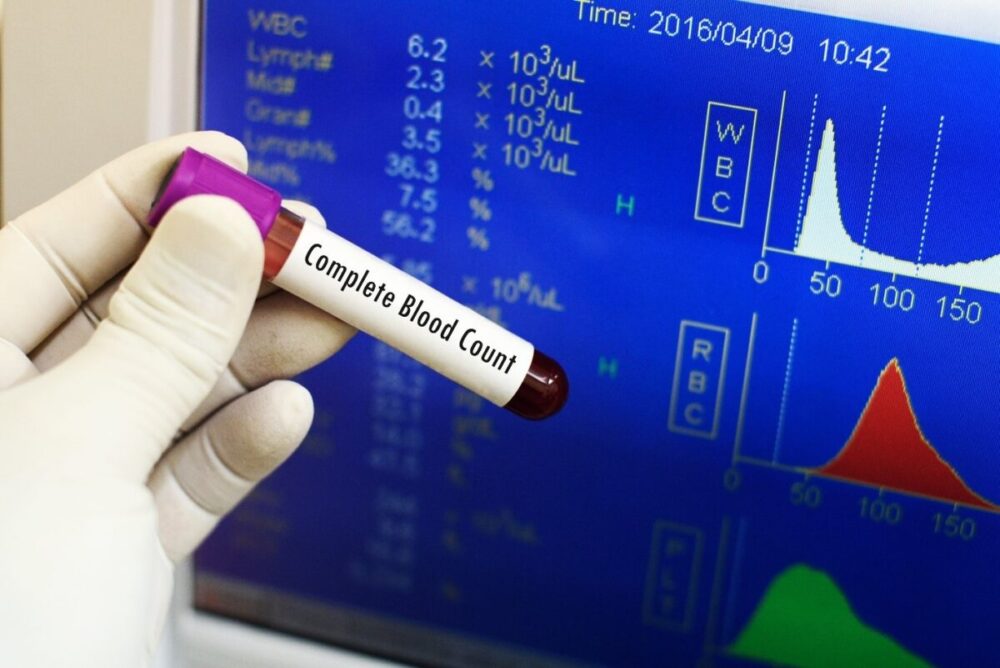
When is a CBC performed?
Doctors may order a CBC as part of a routine checkup or if a person has unexplained symptoms like bruising or bleeding, fatigue, dizziness, fever, nausea, swelling, and irritation anywhere in the body or problems with heart rate or blood pressure. A CBC can help the doctor do the following.
- Evaluate overall health.
- Detect abnormalities in the blood (which can be signs of disease). ● To monitor the condition, when a person is diagnosed with a disorder that affects blood cell counts.
- To monitor a medical treatment as certain medical treatments can affect the blood cell counts.
If you have any of the above conditions, get a CBC test done with the help of DxSaver.

What does a CBC measure?
- White blood cells or WBCs – Help the body fight germs. If a person has too many WBCs, it could be a sign of infection, inflammation, a medical reaction, or other health condition. And when it’s low, it could be at a higher risk for infection. And a medication, a viral infection, or a bone marrow disease can also cause a low count.
- Red blood cells or RBC – Carries oxygen throughout the body and removes carbon dioxide. When the RBC count is too low, it may indicate anemia or another condition.
- Platelets – These help blood clot and control bleeding. Changes in platelet levels can put a person at risk for excessive bleeding. And this can be a sign of a serious medical condition.
- Hemoglobin – Hb or Hgb is the protein in the blood that holds oxygen.
- Hematocrit or Hct – Hct tells how much of your blood is made up of red blood cells. When the score is low it may be a sign that you don’t have enough iron, the mineral that helps the body make redblood cells. And when the score is high it could mean you are dehydrated or another condition.
- Mean corpuscular volume – It is the average size of the red blood cells. When they are bigger than usual, the MCV will be higher, this may happen if a person has low vitamin B12 or folate levels. And when the red blood cells are smaller, it may indicate a type of anemia.
- Mean Corpuscular Hemoglobin – It is the average amount of hemoglobin in the average red cell.
- Mean Corpuscular Hemoglobin Concentration – This is the average concentration of hemoglobin in a given volume of red cells.
- Mean Platelet Volume – MPV is the average size of platelets in a volume of blood.
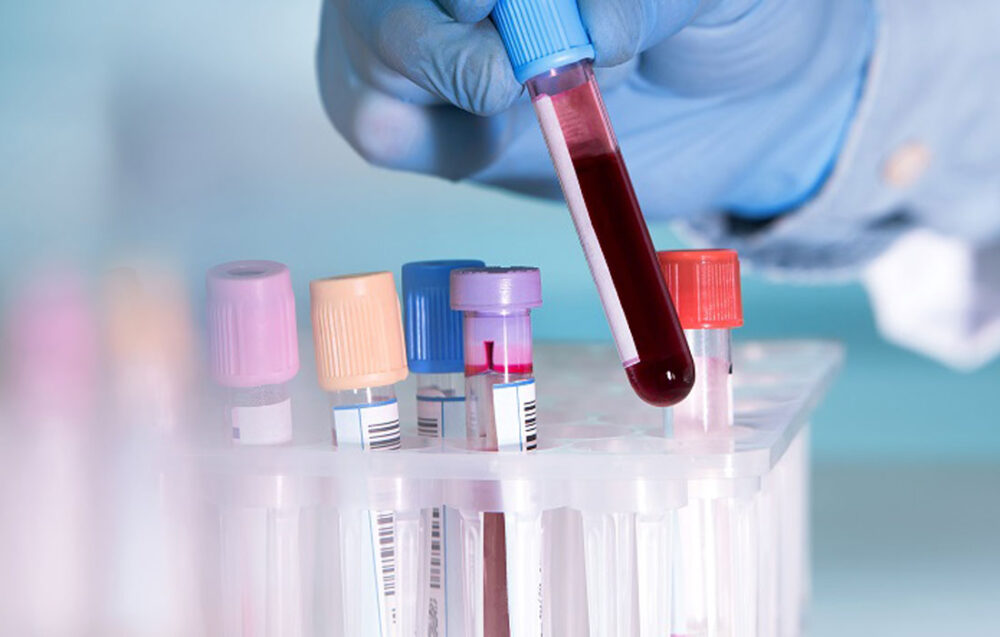
What does CBC detect?
- Anemia
- Bone marrow disorders (like myelodysplastic syndromes)
- Cancers like leukemia and lymphoma
- Side effects of chemotherapy and certain medications
- Vitamin & mineral deficiencies
- Disorders like agranulocytosis and thalassemias and sickle cell anemia
- Infections or other conditions that cause abnormally low white blood cell count or high white blood cell count
What happens during a CBC?
During this test, the provider or a lab technician draws blood from a vein, usually from the inside of the elbow or the back of the hand. They will clean the skin with an antiseptic wipe and then place an elastic band around the upper arm to help the vein swell with blood. Then inserts a needle and collect a blood sample in one or more vials. After drawing blood, the provider covers the area with a bandage to stop any bleeding. And this sample is sent to a laboratory for analysis.
In the case of young infants, a nurse will sterilize the heel of the foot. And a small needle is used to prick the area and then the nurse gently squeezes the heel to collect a small amount of blood in a vial for testing.
Usually, this test will take only a few minutes. And most CBC test results are available within a few hours to a day after testing.
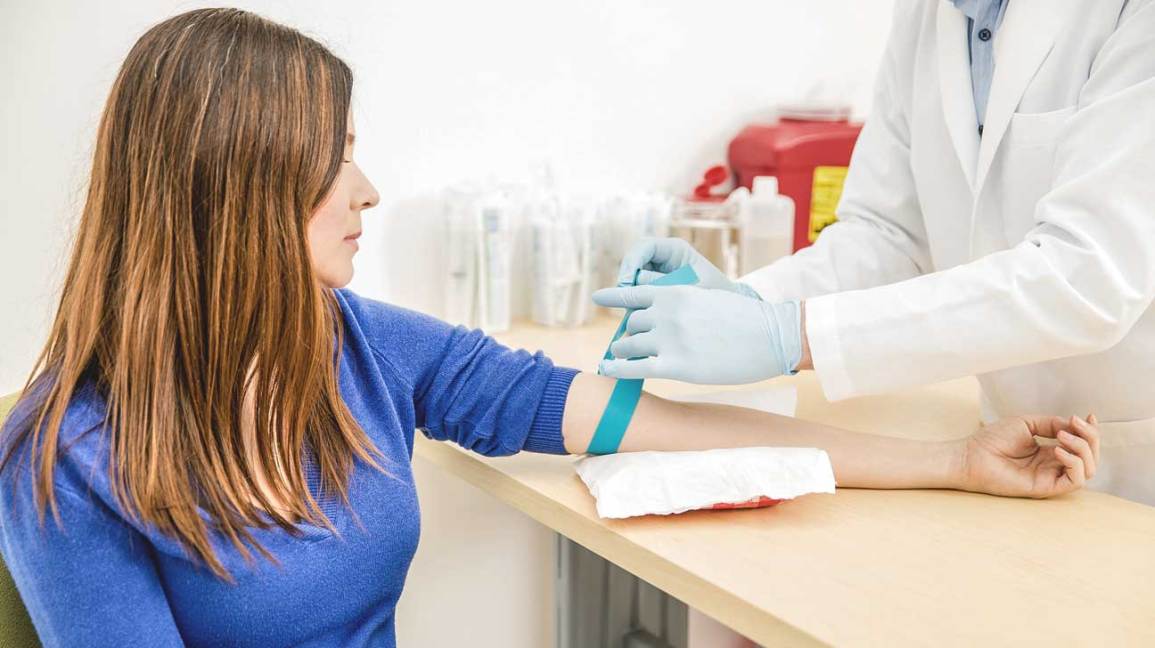
Risk of this test
CBC test is a safe and common test. Usually, there is no risk, few people may have slight pain or bruise at the spot where the needle was inserted, but these symptoms go away quickly.
Benefits of this test
This test gives a picture of your overall health. The complete blood count test can help detect hundreds of conditions, disorders, and infections by using a small amount of blood. And it allows the provider to observe your health, screen for disease, and plan and adjusts treatment.
What do the results mean?
CBC test isn’t a definitive diagnostic test. So, specialized tests are required to diagnose the specific condition. Conditions that cause an abnormal CBC may require additional testing include iron or other vitamin and mineral deficiencies, heart disease, cancer, bleeding disorders, autoimmune disorders, bone marrow problems, infection, or reaction to a medication. When CBC shows abnormal levels, the doctor may recommend another blood test to confirm it. Additionally, they may also recommend other tests to help further evaluate the condition and confirm a diagnosis.
The report has two columns, reference range, and your results. When the results are inside the reference range, it is considered normal. And when the results are higher or lower than the reference range, it is considered to be abnormal. Mild anemia is the most common reason results might be off.
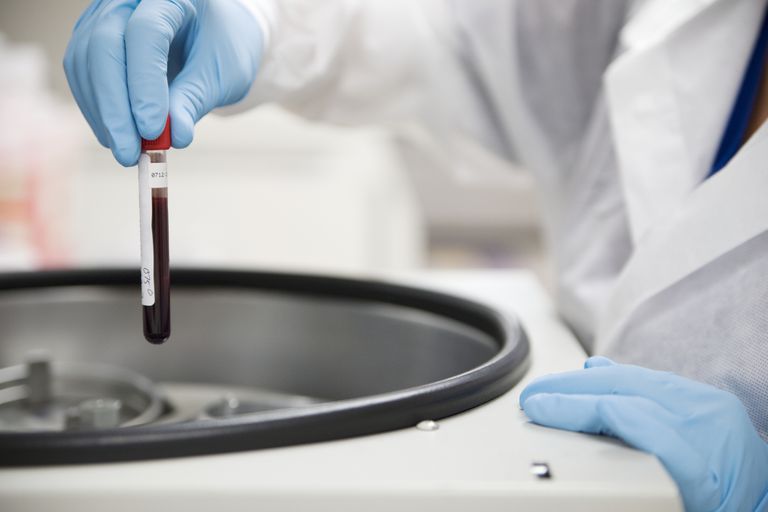
Normal ranges for a complete blood count
- White blood cell – 3,500 to 10,500 cells/mcL
- Red blood cell – Men: 4.32-5.72 million cells/mcL and women: 3.90-5.03 million cells/mcL
- Platelet count – 150,000 to 450,000/mcL
- Hemoglobin – Men: 135-175 grams/L and women: 120-155 grams/L
- Hematocrit – Men: 38.8-50% and women: 34.9-44.5%
- Mean corpuscular volume – 80 to 100 femtoliters
- Mean corpuscular hemoglobin – 27 to 32 picograms
- Mean corpuscular hemoglobin concentration – 32 to 36%
- Mean platelet volume – 7.5 to 12.0 fl
It is important to note that each lab has different ways of studying blood. Therefore, the range will depend on the lab that handles the blood tests. And it is also based on things that can affect the blood like age, gender, and how high above sea level you live.

